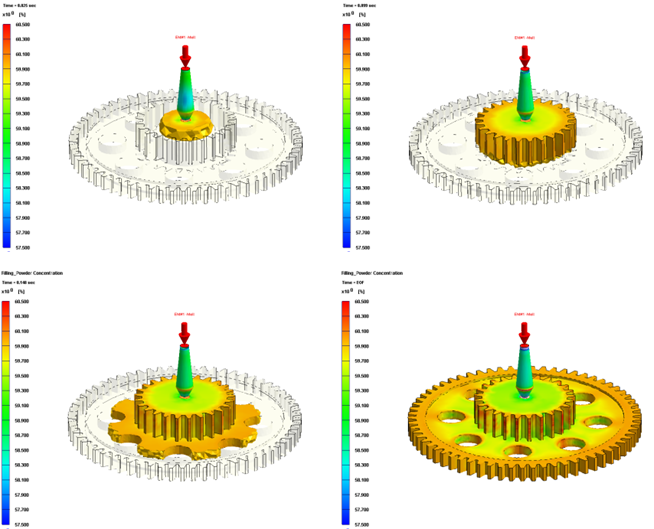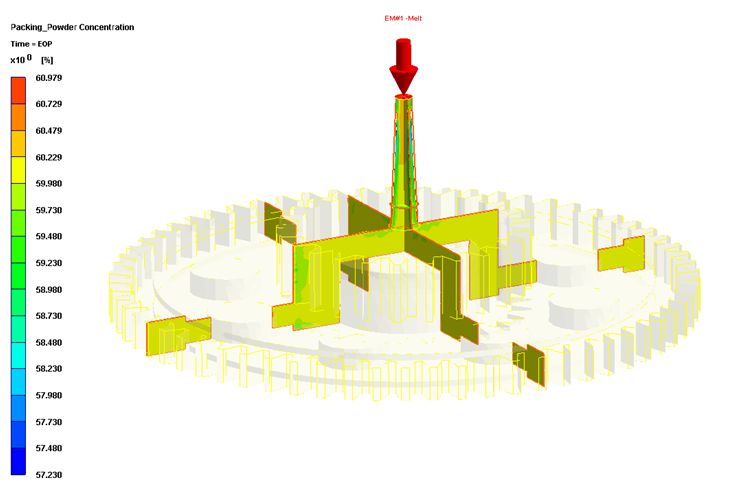One of the major advantages of injection molding is the mass production capability of complex geometry parts. The manufacturing process is often incorporated with different plastic materials depending on various product design requirements. However, plastic materials cannot fit all product design criteria, for example, the properties of metal can’t be replaced by plastics. Powder Injection Molding (PIM) offers an unique solution for producing complex-shaped small precision parts made of metal/ ceramic materials in high-volume, and that has contributed to its rapid growth. By 2012, the PIM industry sales were estimated to US $1.5 billion with an annual growth rate of 15-20%(Powder Injection Molding International), and according to Global Industry Analysts, the global Powder Injection Molding industry is forecast to reach $ 3.7 billion by 2017.
Powder Injection Molding is used by many industries. Ceramic powder injection molding is majorly used in the US for medical products. In Asia, metal powder injection molding process is widely used in the fields of consumer electronics and information technology.
In general, PIM process consists of four steps: (1) compounding metal or ceramic powder with polymers mixture (called binder) to obtain homogeneous feedstock with high powder concentrations; (2) injection molding of feedstock to shape a green part; (3) removing polymer binder to create brown part; and (4) sintering the remaining powder structure to a desired end product. During the injection molding stage, however, the optimization of feedstock with high powder concentrations into a mold cavity often faces technical challenges. The defects found in the sintered parts are the inherent defects formed during the injection molding process, such as gate marks, ejector pin marks, parting lines, etc. However, these defects cannot be reduced or eliminated during the debinding and sintering. Especially the shrinkage during the sintering stage is indirectly affected by the powder concentration/density distribution of the feedstock preparation and cavity filling, which will cause appearance defects, inner structure defect, warpage, crack, etc.
The need for reaching higher product quality standards is addressed by the latest Moldex3D Powder Injection Molding (PIM) solution, which enables the ability to examine the variations of powder concentration in the filling stage. As shown in Fig. 1 and 2, Moldex3D provides the quality control tool for evaluating molding conditions to minimizing the defects caused by the nature of injection molding process. Besides Moldex3D PIM simulation solution, Moldex3D Material Lab provides the full spectrum of material characterization of feedstock to deliver a total solution of PIM processing.

